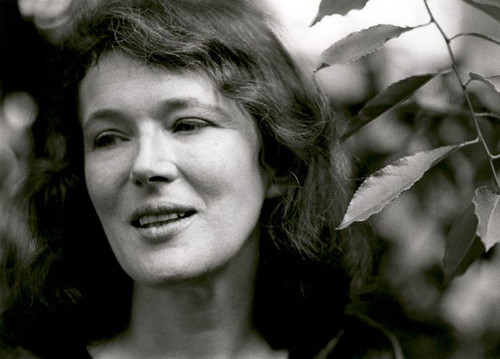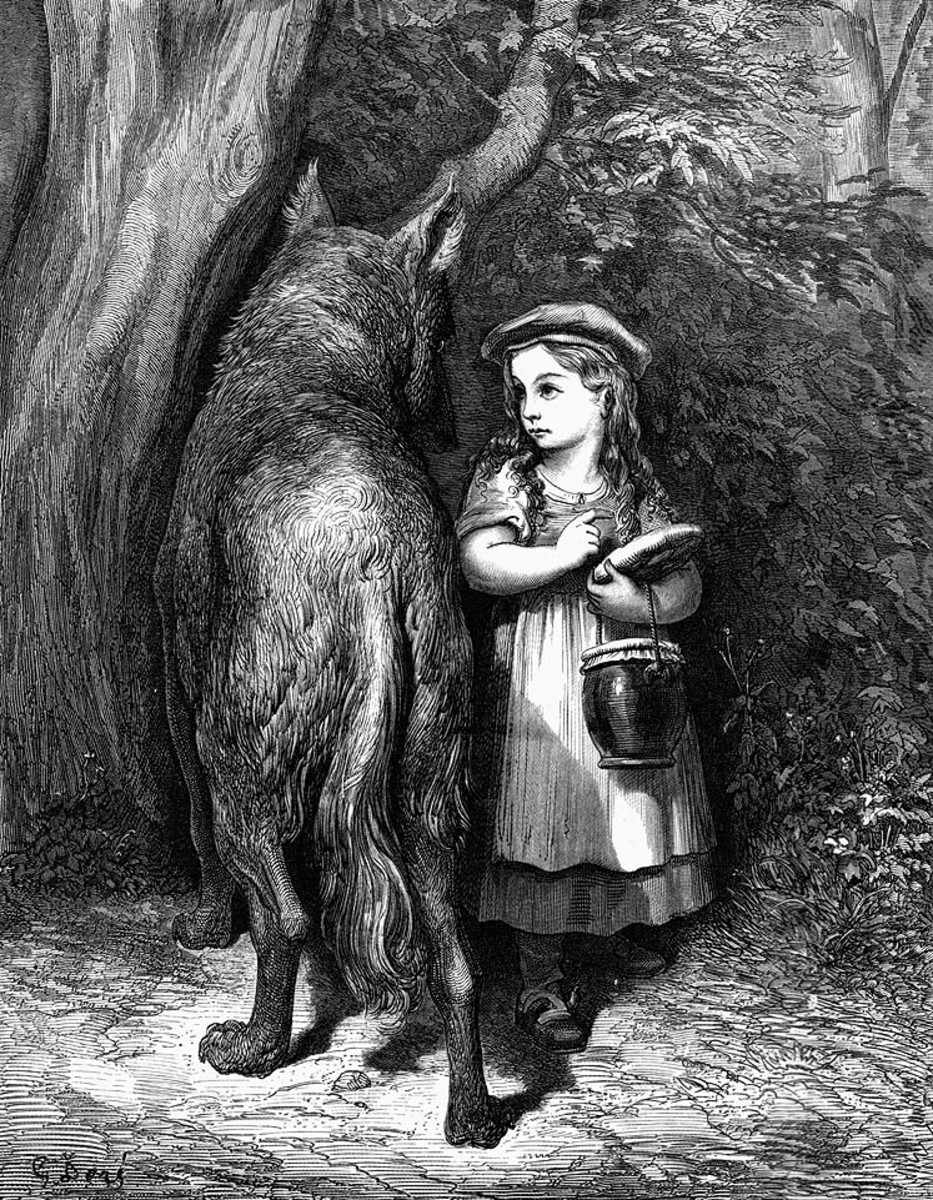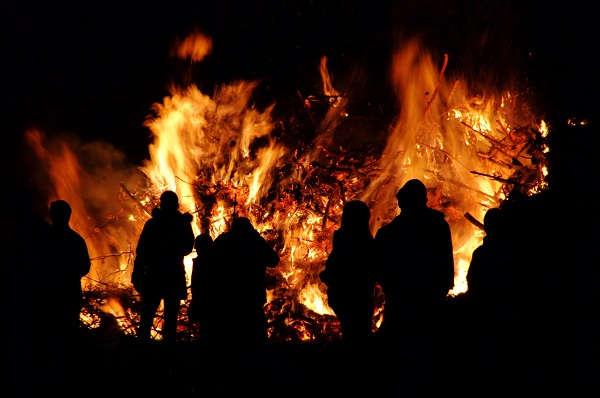Do you have stories about werewolves or people who can change into monsters? (metamorphosis stories)
Style

Summary
Try to guess the words in the gaps.The narrator of "The Werewolf" sets the story's ominous tone ____ the opening sentence: "It is a northern country; they have cold weather; they have cold hearts." The people in this country are poor and ____ short, hard lives. They are superstitious to the ____ of conducting witch-hunts and stoning any witches found (identified by a telltale third nipple) to ____. We focus in __ a young girl. Her mother sends her into the forest to bring food to her ill grandmother, arming her with a knife and warning her ______ the dangers of the woods. The girl sets ___ on her journey unafraid ____ she knows the forest well.
As she is walking, the girl hears a wolf's cry. She turns with her knife drawn to face the beast, and when it lunges, she cuts off its ___. It retreats back ___ the forest. She wraps the wolf's paw in cloth and continues on her ____. When the girl reaches her grandmother's house, the snow is so thick that no _____ can be seen in it. She finds her grandmother in bed with a terrible fever, and when shakes out the cloth to make a hot compress, the wolf's paw ____ on the floor. It has changed into a hand, which she recognizes as her grandmother's because of a single ____ on it.
The girl uses ____ her strength to pull back her grandmother's covers and beneath them discovers the cause of her fever. Her grandmother's severed arm is already rotting. Hearing the girl's cries, the neighbors ____ in. They examine the hand and declare the wart on it to ___ "a witch's nipple." They force the grandmother ___ of bed and to the edge of the _____, where they stone her to death. The story ends____ the summary, "Now the child lived in her grandmother's house; she prospered."
Analysis
Because
Although
Perhaps
In this story
If
At the story's
end,
Therefore
By
1_________, Carter combines the characters of wolf and
grandmother to create a werewolf. In doing so, she suggests that man is not
woman's only enemy. Woman collude in and also plot other
women's destruction. The grandmother fears that the younger, more beautiful
girl will supplant her. The girl in "The Werewolf"
changes from hunted into huntress when she first cuts off the werewolf's paw
and then helps the neighbors kill her. 2_________ she helped kill her
grandmother in self-defense, the girl perpetuates the idea that women must be
rivals and try to destroy one another. She shows no remorse for
helping kill her grandmother, but rather "prospers" in her very
house.
This story maintains that knowledge is a woman's key to survival against
those that mean to harm and consume her. The heroine's knowledge consists of
inherited superstitions and time-worn warnings about the various forms of the
devil. She lives in a region where people believe in supernatural predators
and are jaded by violence even as children. 3________ the
girl is no helpless child as we know Red Riding Hood to be; she "a
mountaineer's child," accustomed to walking in wolf-and bear-infested
woods and to carrying and using a knife. Whereas in traditional versions of Red
Riding Hood, the reader is made to empathize with the
defenseless heroine, here the narrator separates us from her. The
narrator treats the heroine and the other people in her region with the bemused curiosity
of a naturalist, explaining, "to these upland woodsmen, the
Devil is as real as you or I."
4________ we are not made to definitely trust or pity the heroine, we do not
necessarily have to hate the werewolf. Indeed, we can pity the werewolf as
being a lonely and tormented half-creature who does not have
enough self-control to refrain from preying on her
own granddaughter.
5_________ we do not know whether to valorize or rebuke the
heroine for her actions. After all, she becomes as ferocious as
the werewolf in first cutting off her hand and then helping stone her to death.
She may even have turned into a witch herself, for how else could she prosper
in a region where people die early from the poverty and cold. 6_________
"the devil" in whatever form - witch, vampire, werewolf - is only the
institutionalized projection of our fears and desires. We fear
our own potential for wrongdoing, so we create fairy-tale monsters as external
projections of it. 7_________ evil exists outside ourselves, then it
cannot exist within ourselves. The villagers and the heroine in "The
Werewolf" subscribe to this "scapegoating" by hunting and
killing witches. Carter implicates not only them but us, the reader, as being
violent. 8_________ uprooting the traditional fairy-tale
perceptions of right and wrong, Carter makes the story resemble real life more
than allegory; she forces us to criticize not just the werewolf but
also the townspeople and to question whether we subscribe to similar delusions of
moral clarity.
What do the words in bold mean?
The narrator of "The Werewolf" sets the story's ominous tone with the opening sentence: "It is a northern country; they have cold weather; they have cold hearts." The people in this country are poor and live short, hard lives. They are superstitious to the point of conducting witch-hunts and stoning any witches found (identified by a telltale third nipple) to death. We focus in on a young girl. Her mother sends her into the forest to bring food to her ill grandmother, arming her with a knife and warning her against the dangers of the woods. The girl sets off on her journey unafraid because she knows the forest well.
As she is walking, the girl hears a wolf's cry. She turns with her knife drawn to face the beast, and when it lunges, she cuts off its paw. It retreats back into the forest. She wraps the wolf's paw in cloth and continues on her way. When the girl reaches her grandmother's house, the snow is so thick that no tracks can be seen in it. She finds her grandmother in bed with a terrible fever, and when shakes out the cloth to make a hot compress, the wolf's paw falls on the floor. It has changed into a hand, which she recognizes as her grandmother's because of a single wart on it.
The girl uses all her strength to pull back her grandmother's covers and beneath them discovers the cause of her fever. Her grandmother's severed arm is already rotting. Hearing the girl's cries, the neighbors rush in. They examine the hand and declare the wart on it to be "a witch's nipple." They force the grandmother out of bed and to the edge of the forest, where they stone her to death. The story ends with the summary, "Now the child lived in her grandmother's house; she prospered."
Little Red Riding Hood
Oh yeah and then there's this:
Here's Johnny


No comments:
Post a Comment